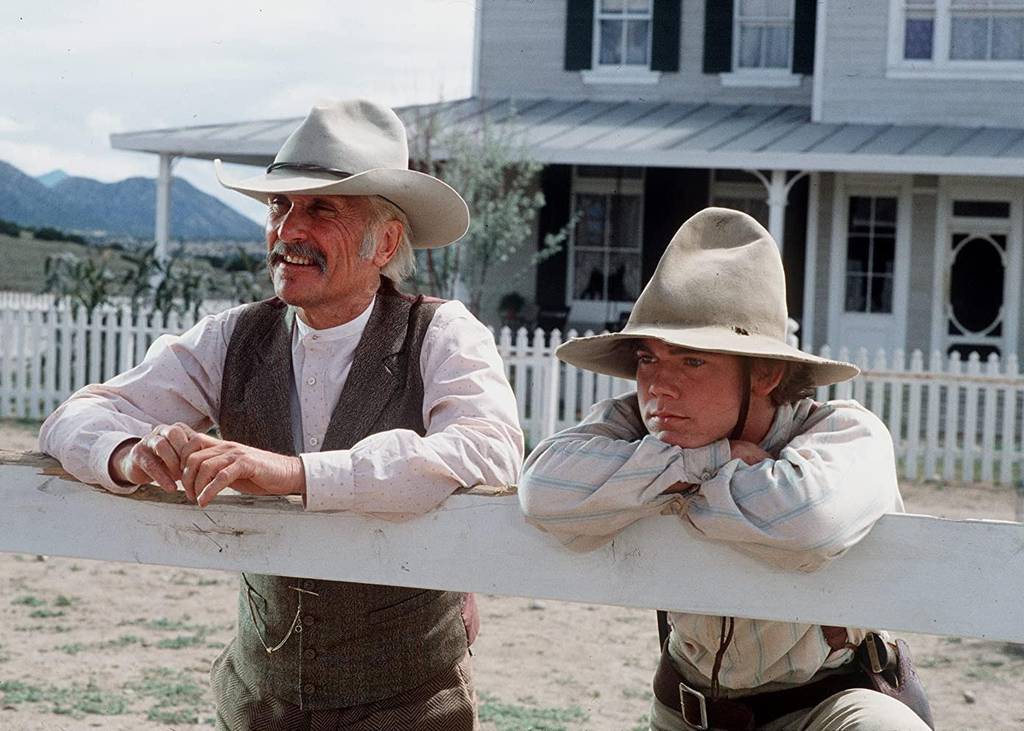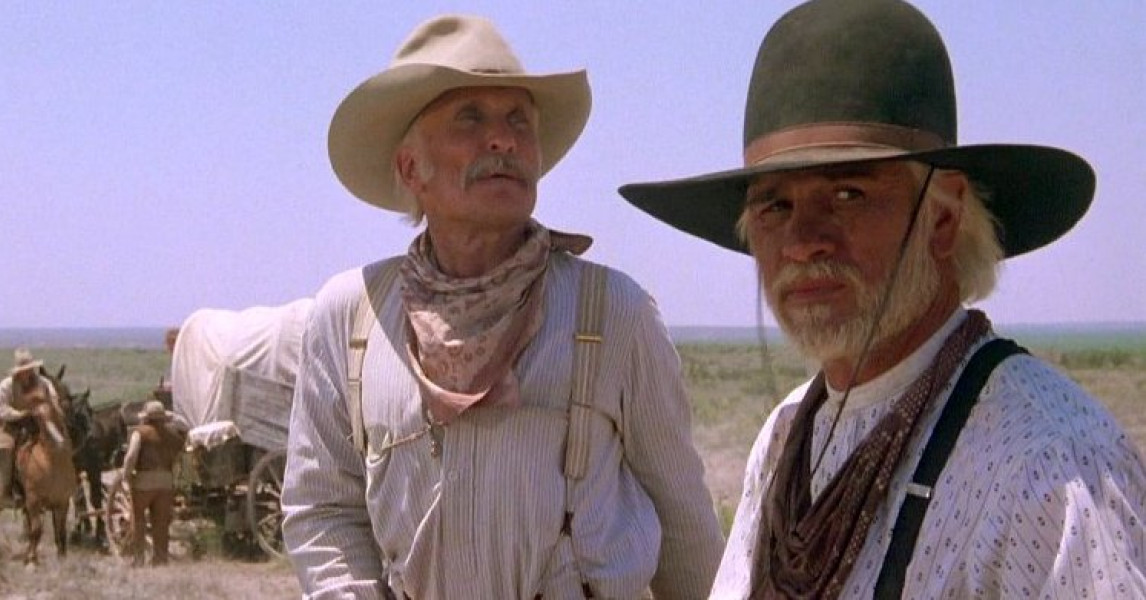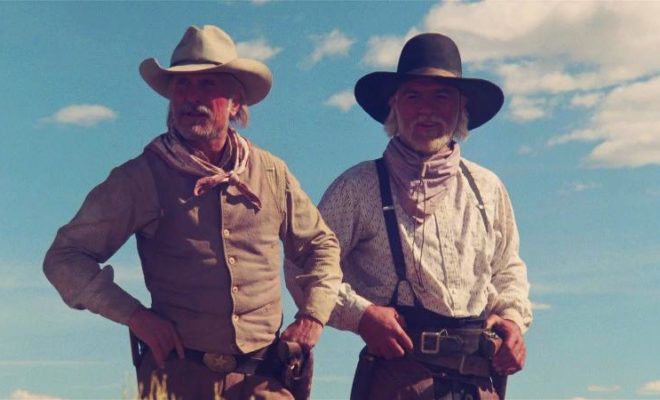Like many now gray-haired men of my generation, and a few women too, I wanted to be a cowboy. TV made me that way, starting with such early shoot-‘em-up characters as Hopalong Cassidy, the Lone Ranger, Zorro and the Cisco Kid, all closer to cartoons than real people but influential nevertheless.
Then came “Gunsmoke,” in 1955, “Bonanza” and more: “Cheyenne,” “Have Gun — Will Travel,” “Rawhide,” “The Rifleman,” “Wanted Dead or Alive,” “Maverick,” “Bat Masterson” and “Wyatt Earp.”
There were many, many others born of a climate of anti-communism and the Cold War, the clean-cut morality of the Western reflecting the public mood. So popular was the Western that in 1959 and 1960, it was possible, according to Donna McCrohan, author of the TV history “Prime Time, Our Time,” “for viewers to watch every minute of prime time every night of the week and arrange to watch nothing but Westerns merely by turning the dial.”

But Westerns began to fade from TV view during the blood-soaked and gun-filled 1960s. “Gunsmoke,” the longest-running dramatic series in TV history, finally bit the dust in 1975.And life moved on; adulthood and other diversions arrived.
Until February 1989, when “Lonesome Dove” played for four nights on CBS. It grabbed me and between 36 million to 44 million other viewers each night, captivated by its epic story of a cattle drive from the south Texas town of the title to Montana in the late 1870s.
It was filled with some of the grandest and most compellingly complex characters ever to saddle up, principally those played by Robert Duvall and Tommy Lee Jones as the retired Texas Rangers who lead the drive.
I wrote about it then in the Tribune, mentioning some of its other stars, such as Anjelica Huston, Diane Lane, Danny Glover, Robert Urich and Rick Shroder. I further wrote that these characters lived in “a world that fractures our fantasies: a hero dies, friends are hanged, and the guy doesn’t always get the girl …

The film’s great strength is its ability to demythologize the West without damaging its inherent romance and values. … (It) is true and tragic: Violence coexists with virtue, lust with sweetness, brutality with beauty. The West it gives us contains a new set of icons, images, myths and morals — a cohesive vision suited to our more complex and ambiguous age.”
The miniseries won a prestigious Peabody Award and seven Emmys, although, incomprehensibly, it did not take awards for best miniseries (“War and Remembrance” did; remember that?), best actor, best actress or anything in the supporting acting or writing categories.
I was drawn back to the miniseries — available on Hulu and other streaming sites — after rereading, for no other reason than seeing it on my bookshelf, the Larry McMurtry novel on which it was based.
A great writer. A great book. It won the Pulitzer Prize in 1986.
The book and the miniseries lived up to my memories and awakened some others. One focused on William Petersen, a legend of local theater stages and star of such films as “To Live and Die in L.A.” “Manhunter” and much later the TV smash “CSI.”
In 1991 he was appearing in David Mamet’s “American Buffalo” at the bygone and much missed Remains Theater when he told me that he had been initially offered Urich’s role as the rakish and self-destructive former Ranger named Jake Spoon.
“It was always my dream to do a cowboy movie, since about the time I was a little kid,” he said. “I was glued to TV Westerns. And I loved the ‘Lonesome Dove’ script, wanted to do it. But they already had Duvall and Jones, Danny Glover and Anjelica Huston. With so many film actors in it, there was a lot of pressure to get a TV face in there, so I lost the part to Robert Urich.”
Petersen would later get a Western, playing Pat Garrett in 1990′s “Young Guns II” and he told me, “That satisfied me on a certain level, shooting guns and riding horses. But those are childhood fantasies. I think the Western is our greatest venue for storytelling. Even a book like ‘Moby Dick’ is a Western really: the idea of independence and liberty, of being able to go out into the land and be free to do whatever we want to do.
“The American consciousness pushes you all the way to some end ultimately, where, not unlike Billy the Kid or Ahab, or the characters in ‘Lonesome Dove,’ you chase down death in your pursuit of freedom. And you finally get it.”
Duvall had similarly deep thoughts, saying, “Lonesome Dove” “is such a great piece of literature, a great slice of America. Everybody felt that way, that we were making the ultimate Western … We were doing something special. This to me is more important than ‘The Godfather.’ It’s a more interesting aspect of America than organized crime. It’s the ultimate American story.”

Agree?
Hard to argue. I’ve seen a lot of TV and a lot of movies in my life, read a lot of books, and have come to realize that at the core of the best of these is story. Setting and characters and all the other elements are in service to that.
A few months after first watching the miniseries in 1989, I ran into Tommy Lee Jones. He was in the audience at Wisdom Bridge Theater for the Remains production of another Mamet play, “Speed-the-Plow,” which starred Petersen.
I made it a point to sidle up to Jones as he made his way gingerly down the steep stairway from the theater to Howard Street. I told him he was wonderful in the miniseries, that it was spectacular and how I had tearfully reacted to its ending.
“You cried?” he said. “Hell, why not? Hell of a story.”
